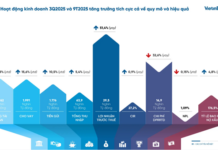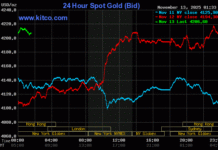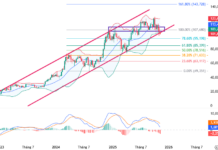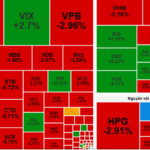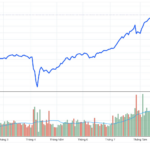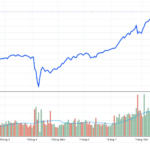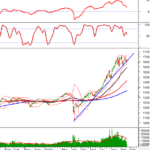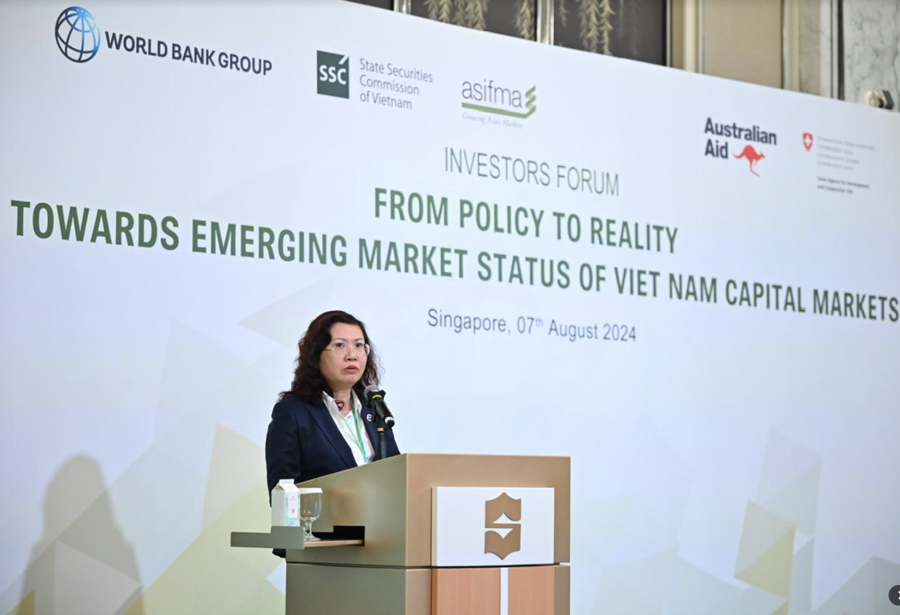Selling off at the lowest point of the session may result in losses or an exit from the downward trend, with conclusions pending in subsequent sessions. Nonetheless, the VN-Index staged a significant late-session recovery.
A massive sell-off swept across most stock groups, particularly large-cap stocks, causing the VN-Index to plunge by over 40 points in the early afternoon session before narrowing losses to close on September 22nd at 1,634 points, down 24.17 points (-1.46%).
Notably, investor activity surged, driving market liquidity with trading volumes exceeding 1.2 billion shares and HOSE trading values surpassing 35.7 trillion VND. Foreign investors also remained net sellers, offloading nearly 1.8 trillion VND on the HoSE.
High probability of further adjustments in upcoming sessions
According to Mr. Đỗ Bảo Ngọc, Deputy Director of Kien Thiet Securities, despite positive news such as the Fed’s rate cut or ETF portfolio rebalancing, prolonged sideways movement in index points and declining liquidity have tested investor patience.
Selling pressure concentrated on previously strong pillar stocks, including banking, securities, and Vingroup-related stocks, driving the market lower. However, some investors buying the dip toward the end of the session helped the index recover from its intraday lows.
“It’s challenging to determine whether selling during a sharp decline is right or wrong, but with prolonged negative accounts and fading upward momentum, many investors opting to exit the market is entirely understandable,” said Mr. Đỗ Bảo Ngọc.
Technically, experts note that major indices have breached the 20-day MA support, signaling a clear short-term correction. Notably, the VN-Index shows signs of forming a head-and-shoulders pattern, with three peaks of similar timing and height. A neckline break on high volume would confirm the pattern, typically leading to deeper market declines.
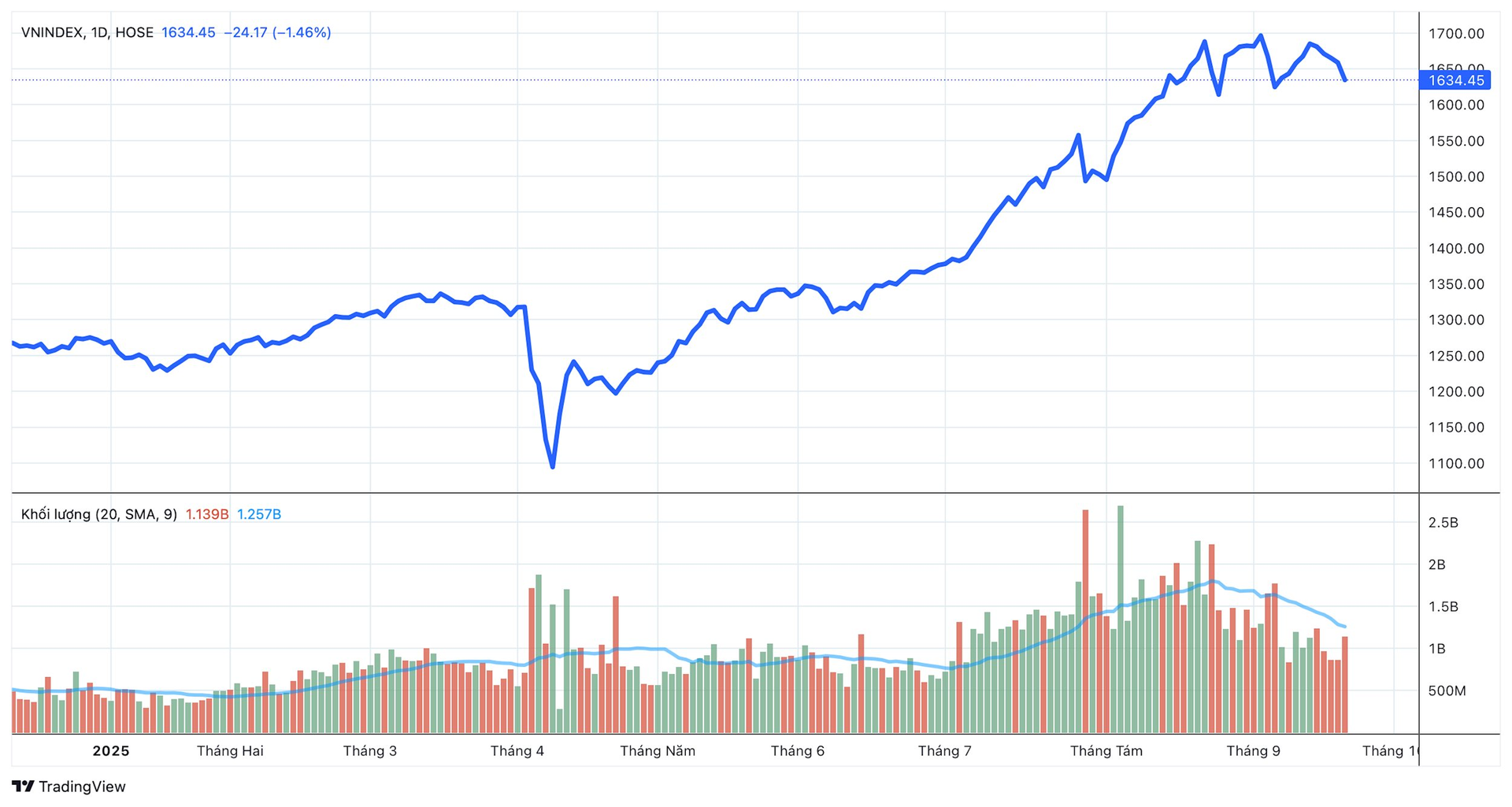
Experts suggest that the formation of a head-and-shoulders pattern, combined with the index breaching the 20-day MA, indicates a high probability of further adjustments in upcoming sessions. In the short term, the VN-Index will test nearby support levels, with 1,600 (±5 points) and 1,607 points being critical levels for investors to monitor.
As the market transitions from an uptrend to sideways movement with correction signals, a defensive strategy is recommended. Investors should monitor market reactions at these support levels and await stronger accumulation signals before considering re-entry. Maintaining a reasonable stock allocation and avoiding high leverage in this phase aligns with current market dynamics.
Prioritize risk management
Given the market’s short-term unpredictability, Mr. Nguyễn Anh Khoa, Director of Analysis at Agriseco Securities, emphasizes the importance of adhering to trading discipline and risk management. Instead of predicting index bottoms, investors should focus on analyzing corporate fundamentals to build portfolios centered on leading companies with strong foundations, prudent capital management, and phased investment strategies to optimize returns.
Short-term investors should maintain reasonable stock allocations, limit leverage, and closely observe market reactions at key support levels. Portfolio adjustments, such as removing positions that breach stop-loss thresholds or underperform the broader market, are essential to preserving purchasing power during corrections.
Meanwhile, medium- to long-term investors should focus on corporate fundamentals rather than short-term market fluctuations, specifically profit sustainability and industry/company prospects in the coming years. Gradual investment strategies, accumulating quality stocks during market volatility, will enhance risk management amid short-term market swings.
Market Plunge: Blue-Chip Stocks Retreat, Triggering Sharp Decline in Early-Week Trading
Domestic stocks faced a challenging start to the week, with selling pressure dominating the market and driving the VN-Index down by 24 points. No sector or stock emerged as a strong enough pillar to support the market.
Stock Market Faces Dual Headwinds: Experts Highlight Select Sectors Poised for Renewed Investment Inflows
Market experts suggest that, despite current valuations not being cheap, the market is not yet in an overheated phase compared to historical levels, leaving room for further growth. This juncture calls for discerning decision-making from investors.






